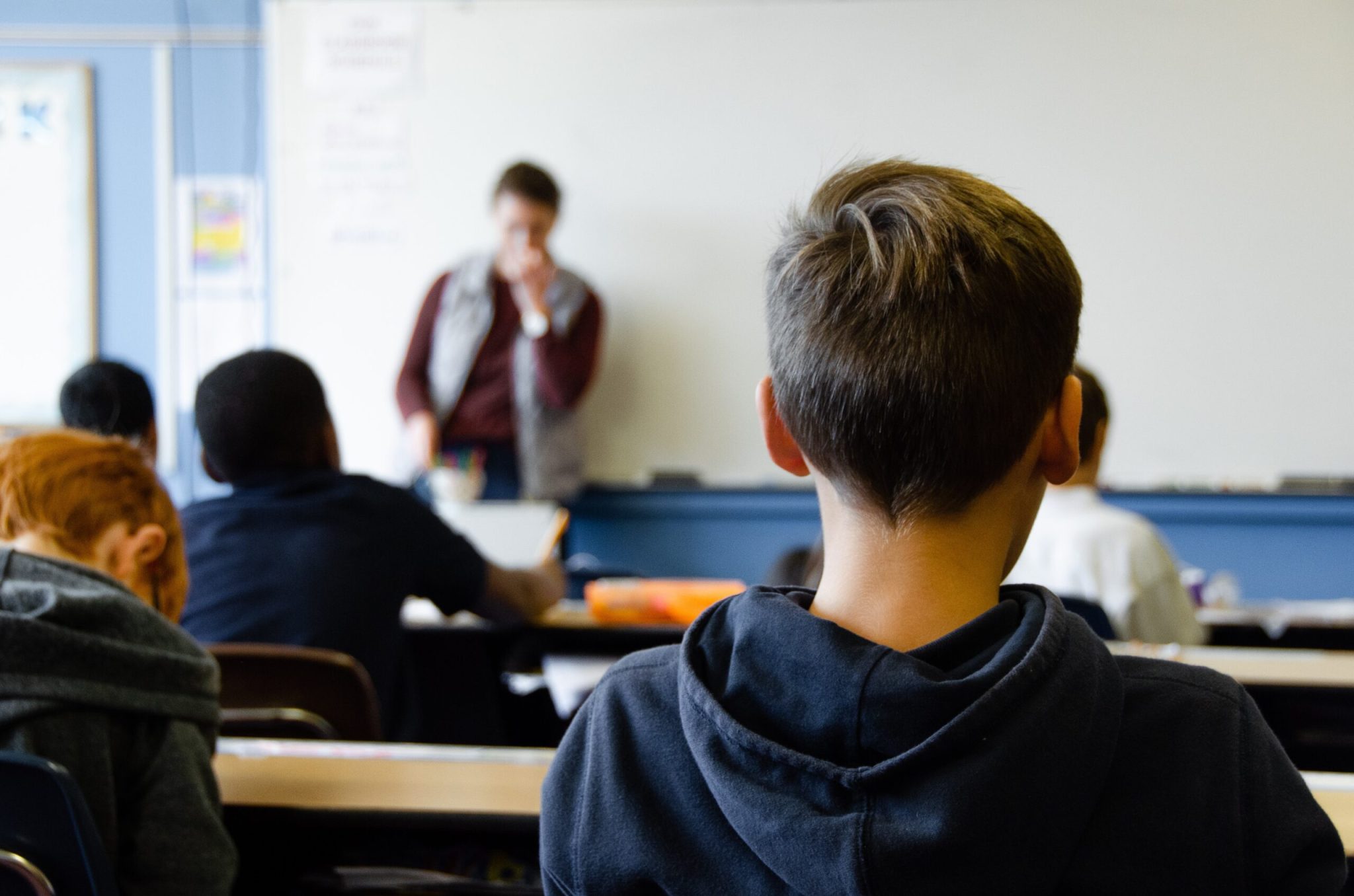R34 – Redesigning Trauma-focused Cognitive Behavior Therapy (TF-CBT) to Enhance Impact in Schools

Principal Investigators
Aaron Lyon, PhD, Professor, Department of Psychiatry & Behavioral Sciences
Denise Walker, PhD, Associate Professor, Edson College of Nursing and Health Innovation Hub at Arizona State University
Project Description
Most youth who experience significant trauma-related symptoms do not receive indicated services and, when they do, the services received are typically not evidence-based or contextually appropriate. Trauma-Focused Cognitive Behavior Therapy (TF-CBT) has the strongest evidence of any clinical intervention for youth trauma, but is rarely adopted in the education sector – the most common setting for youth mental healthcare. Use of TF-CBT in schools is limited by (1) problems with its usability (e.g., rigid structures, complicated patient identification workflows) and (2) provider perceptions that some core elements (e.g., exposure) are not contextually appropriate for schools; both of which hinder provider and student engagement with TF-CBT. Our preliminary studies identified that TF-CBT demonstrates “below average” usability, suggesting that many providers are likely to experience it as excessively onerous (e.g., due to lengthy sessions, low caregiver engagement). Without a systematic process for redesign, treatment adaptations made to improve intervention-setting fit can be reactive and risk omitting their core elements or functions. Locally-driven, user-focused redesign of TF-CBT for schools that maintains its core functions can enhance the accessibility and impact of evidence-based trauma treatment for youth. In light of the need for usable, contextually-appropriate, and engaging interventions for youth trauma, the current project will iteratively adapt TF-CBT for use by school-based practitioners (e.g., school counselors, school social workers) via the University of Washington ALACRITY Center’s (UWAC) Discover, Design/Build, Test (DDBT) approach and methods drawn from the field of human-centered design. Adaptation will be led by a collaborative study redesign team comprised of researchers, UWAC Methods Core support staff, and representative school-based practitioners from participating school districts.
The project first aims to iteratively redesign TF-CBT to maximize its usability, engagement, and contextual appropriateness during the Discover and Design/Build phases with a sample of school-based practitioners (n = 15) and students (n = 15) (Aim 1). Next, in a pilot effectiveness-implementation hybrid type-2 randomized trial during the Test phase, we will compare DDBT mechanisms (usability, engagement, appropriateness) and implementation outcomes (adoption, fidelity, adaptation, reach) for original TF-CBT versus redesigned TF-CBT (Aim 2); and evaluate the potential impact of original and redesigned TF-CBT for students experiencing elevated TF-CBT mechanisms (trauma-related cognitions, emotion regulation, behavioral avoidance) and mental health outcomes (e.g., symptoms of post-traumatic stress) (Aim 3). Participants in Aims 2 and 3 will include n = 24 school-based practitioners and n = 48 students. Data will be combined with other UWAC projects to inform an overarching evaluation of the DDBT framework and the impact of redesign on implementation and clinical outcomes.
| Setting | Schools |
| Population | School-based mental health practitioners, students (ages 7-19) |
| Timeline | April 2024 to April 2027 |
Intervention and/or Implementation Strategy Designed or Redesigned
| Intervention | TF-CBT: a clinical intervention for youth impacted by trauma and their caregivers adapting for school-based practitioner use |
| Implementation Strategy | TF-CBT implementation strategy package adapted to local needs (for use by school-based practitioners) |
Anticipated Impact
Despite improving access to care, schools infrequently offer high-quality trauma treatment. User-focused, prospective redesign of TF-CBT that maintains its core mechanisms has considerable potential to enhance accessibility and impact for students.
Announcements
We are recruiting students (ages 7-19) to test components of TF-CBT
[Link to Recruitment Information (Coming Soon)]
